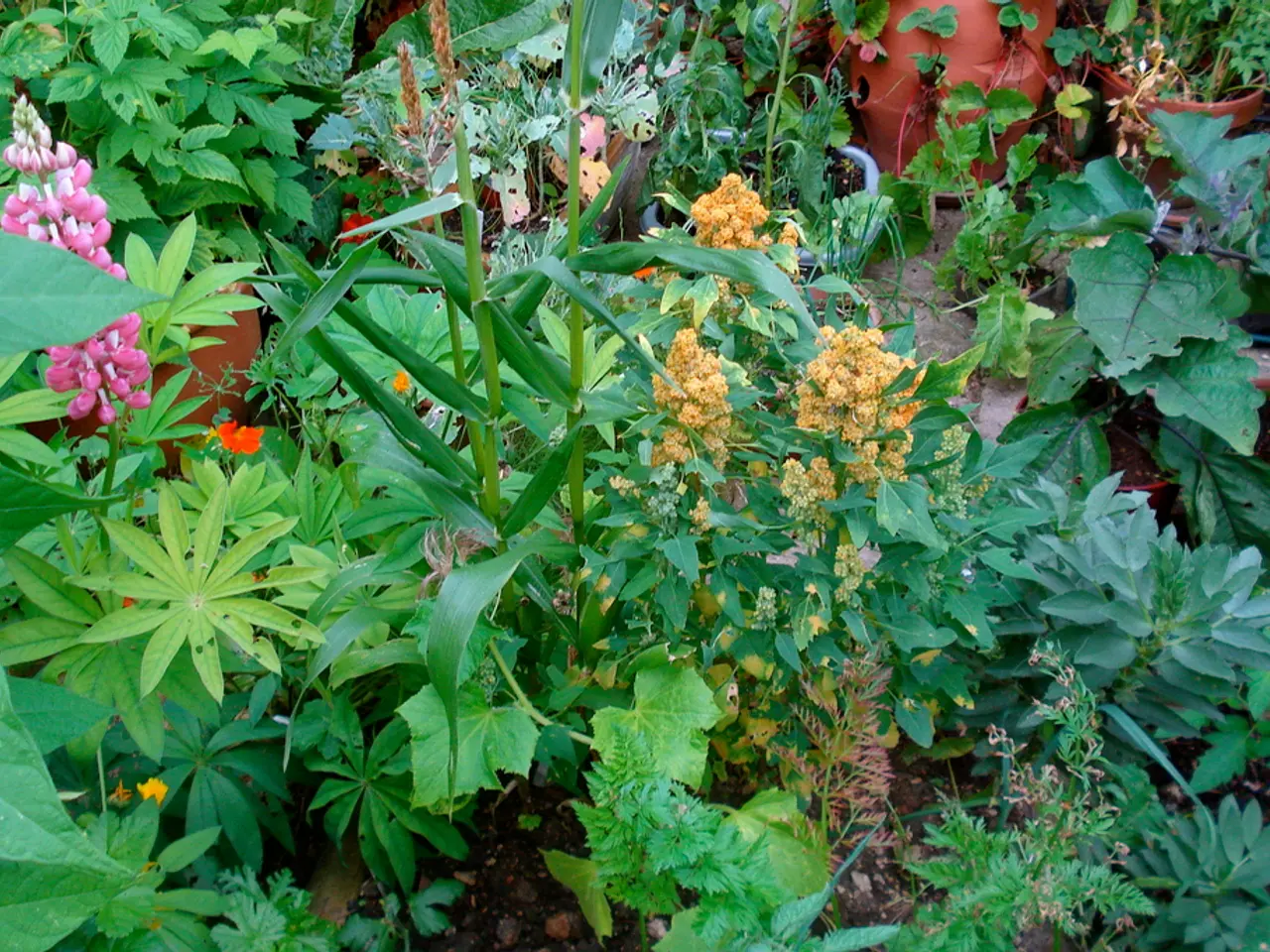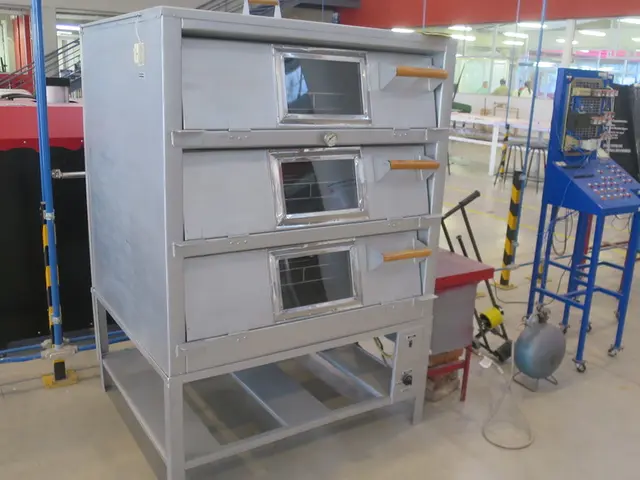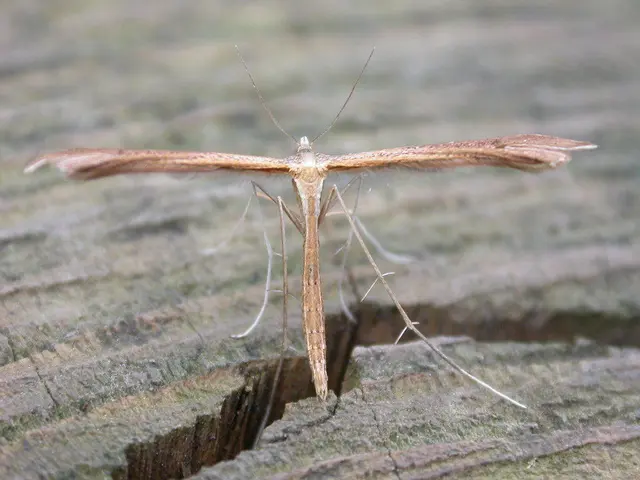Advantages and Disadvantages of Employing Landscape Fabric for Weed Elimination
In the world of gardening, landscaping fabric has become a popular tool for reducing yard work and promoting plant growth. This woven plastic material, perforated with holes, offers several advantages for gardeners, but it also comes with some limitations.
One of the primary benefits of landscaping fabric is its ability to reduce weed growth. Acting as a physical barrier, it prevents many weeds from emerging through the soil, thereby lowering the need for toxic chemical weed killers. Moreover, it allows water, air, and nutrients to penetrate, supporting plant health while restricting weeds. This feature not only helps reduce labor associated with frequent weeding but also saves money and reduces soil and water pollution that may result from herbicide use.
Landscaping fabric is also useful for preventing soil erosion, particularly in sloped areas and those prone to heavy rain. By keeping soil in place, it allows for planting and soil amendment without the worry of erosion. Additionally, it helps retain soil moisture and temperature, keeping the soil moist for plants to grow and protecting the soil from harsh weather conditions.
However, landscaping fabric is not a perfect solution. It is relatively expensive, both in terms of material cost and the labor needed for installation. Over time, the fabric can wear down, fray, become unsightly, and even be displaced by soil and mulch. Weeds can still grow on top of the fabric, especially if mulch or soil accumulates, allowing seeds to germinate above it. Some fabrics, particularly thicker or less permeable types, may restrict root growth of nearby plants or be unsuitable around delicate vegetables and annuals.
Furthermore, landscaping fabric has a generally unnatural appearance, requiring covering with mulch or stones to be visually acceptable. It also inhibits the breakdown of garden matter, which can affect the nutrient levels in the soil.
In summary, landscaping fabric is an effective tool for reducing weed growth and can help reduce herbicide use, but it is not a perfect barrier. Gardeners should consider its durability and aesthetic limitations, and ensure proper installation and coverage for maximum benefits. Using landscaping fabric instead of herbicides can be a cost-effective solution for controlling weed growth in the long term, especially with professional installation and the right choice of material for the specific plants being grown.
Gardening enthusiasts might find landscaping fabric beneficial for their home-and-garden lifestyle by promoting plant growth through weed control and reducing the need for chemical weed killers. Additionally, landscaping fabric can aid in preserving soil health in sloped areas that are prone to erosion, keeping the soil intact for better water retention.




